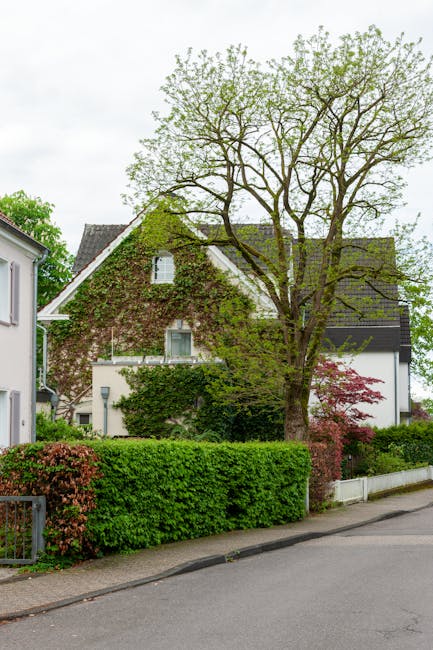How to Use Landscaping Layers to Define Outdoor Living Zones Effectively
Introduction
Creating distinct and inviting outdoor living spaces is a key element of successful landscaping. Just like designing the interior of your home, defining zones within your yard allows you to maximize its functionality and aesthetic appeal. The secret to achieving this lies in understanding and utilizing landscaping layers. This article will guide you through the art of layering landscaping elements to craft effective and beautiful outdoor living zones.
Defining Outdoor Living Zones with Landscaping Layers
Layering in landscaping involves strategically arranging plants, hardscaping, and other features to create depth, interest, and a sense of enclosure. By carefully considering the height, texture, and color of each element, you can visually and physically separate different areas of your yard, making them feel like unique destinations.
Hardscape as the Foundation
Hardscaping forms the backbone of your outdoor design. Think of patios, walkways, retaining walls, and fire pits. These elements provide structure and define the boundaries of your zones.
- Patios and Decks: Clearly delineate dining or lounging areas. Consider the size needed for furniture and traffic flow.
- Walkways: Guide visitors through the yard and connect different zones. Varying materials like pavers, gravel, or stepping stones add visual interest.
- Retaining Walls: Create level surfaces for planting beds and define elevation changes, adding drama and dimension.
- Fences and Walls: Provide privacy and enclosure, acting as a backdrop for planting beds and outdoor art.
The Role of the Backdrop Layer
This layer focuses on creating a visual screen or backdrop using taller plants and structures. It establishes privacy and provides a sense of seclusion for the zones.
- Trees: Strategically planted trees provide shade, visual screening, and a focal point. Consider mature size and placement to avoid future problems.
- Shrubs: Evergreen shrubs are excellent for year-round privacy and windbreaks. Deciduous shrubs provide seasonal color and texture.
- Vines: Climbing vines on trellises or fences create a living wall, softening hard lines and adding vertical interest. Consider fast-growing options for quick screening.
The Middle Layer: Defining Space and Adding Texture
The middle layer fills the space between the backdrop and the foreground, adding depth, texture, and visual interest. This is where you can really personalize your zones with a variety of plants.
- Medium-Sized Shrubs: Offer a variety of textures and colors to complement the backdrop and create visual transitions.
- Ornamental Grasses: Add movement and texture, swaying gently in the breeze. Choose varieties that are appropriate for your climate.
- Perennials: Provide seasonal color and attract pollinators, creating a vibrant and dynamic landscape.
- Groundcovers: Fill in gaps and suppress weeds, providing a lush carpet of green.
The Foreground Layer: Details and Accents
This is the layer closest to the viewer, adding the finishing touches and drawing attention to specific areas. Use colorful annuals, interesting textures, and decorative elements to create visual impact.
- Annual Flowers: Provide bursts of color throughout the growing season. Choose varieties that complement the overall color scheme.
- Containers: Allow you to experiment with different plant combinations and add portability to your landscape.
- Groundcovers: Spill over edges and soften hard lines.
- Decorative Elements: Statues, birdbaths, and lighting fixtures add personality and charm.
Lighting: Enhancing Zones After Dark
Outdoor lighting is crucial for extending the usability of your outdoor spaces into the evening. Strategic placement enhances safety, highlights landscape features, and creates ambiance.
- Path Lighting: Illuminate walkways for safe navigation.
- Uplighting: Accentuate trees and architectural features.
- String Lights: Create a festive atmosphere in patios and decks.
- Spotlights: Highlight focal points and create dramatic effects.
Conclusion
By understanding the principles of landscaping layers, you can effectively define outdoor living zones that are both functional and aesthetically pleasing. Hardscaping sets the stage, backdrops provide privacy, middle layers add texture and depth, and foreground elements provide the finishing touches. Don’t forget the importance of lighting to extend enjoyment into the night. With careful planning and execution, you can transform your yard into a series of inviting outdoor rooms, perfectly suited to your lifestyle.














Post Comment